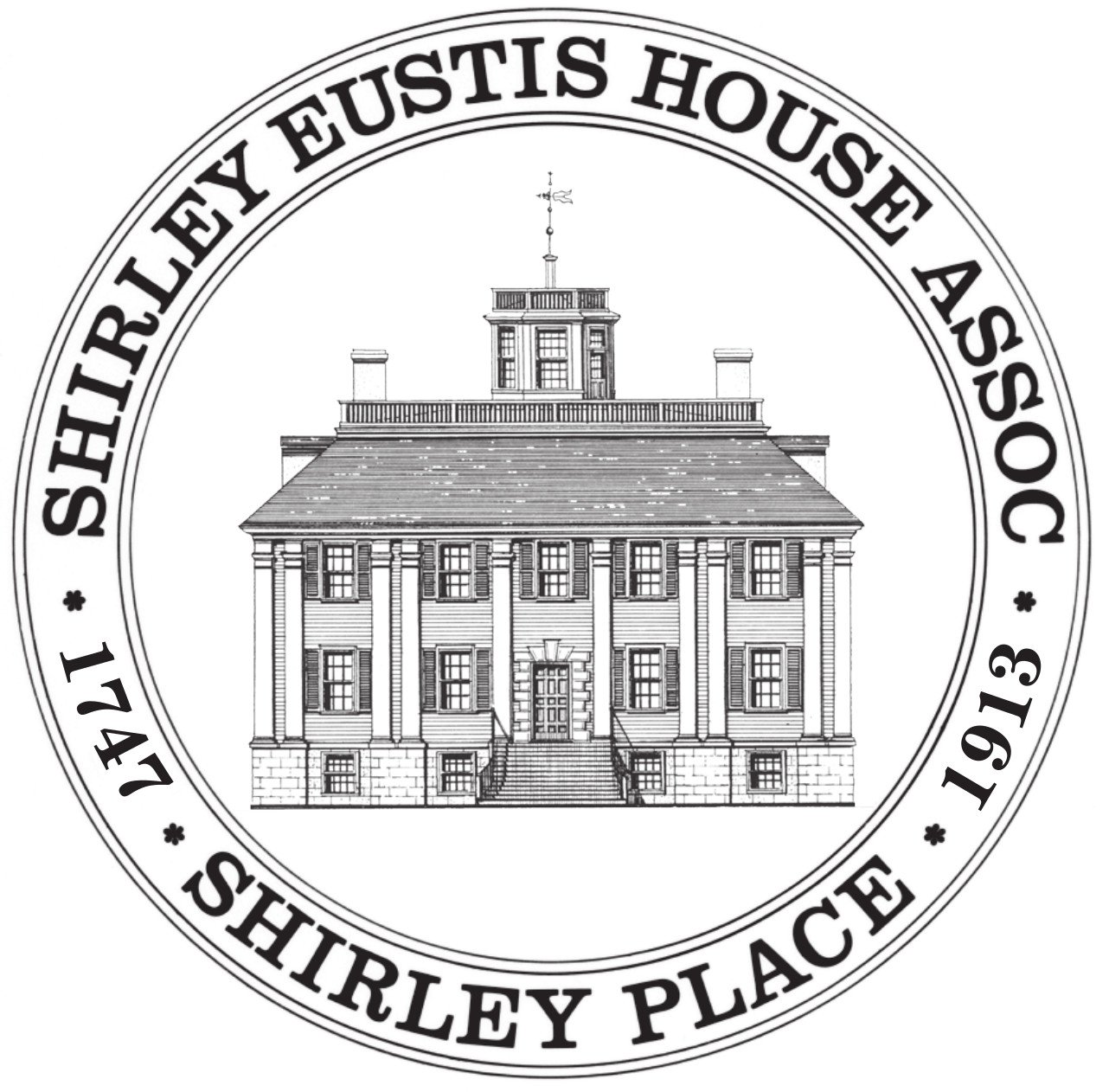
Slavery at Shirley Place
In 2021, the Shirley-Eustis House commissioned Harvard PhD candidate Aabid Allibhai to research the history of enslavement at our site. Below is his final report. Included are the names of all those people we currently know to have been enslaved by the Shirley family. As he noted in his title, this is a working report, and we are still actively deepening our knowledge of the site’s ties to enslavement and the slave trade.
A BOSTON CITY LANDMARK
In 2021, the Shirley-Eustis House and its outbuilding at 42-44 Shirley Street were made a Boston City Landmark. It was one of the quickest City Landmark application processes ever in Boston, and is the first Boston City Landmark to be recognized as a site of enslavement. Read the full report below.
1979 Historic Structure Report
The first extensive architectural and social history of the Shirley-Eustis House was prepared for SEHA in 1979 by Frederic C. Detwiller of The Society for the Preservation of New England Antiquities Consulting Services Group. While comprehensive, the report is not the final word on the history of Shirley Place. Rather, it serves as a valuable benchmark for future research and inquiries, some of which will no doubt refine or even alter the chronology established in the oritinal study. It is presented here in two parts.
In November of 2018 City of Boston Archaeologist Joseph Bagley completed an interim archaeological report following a brief excavation of the rear entrance patio area of the Mansion. It can also be found below. This study is of special interest for the insight it provides into the later 19th century decades of Shirley Place.
